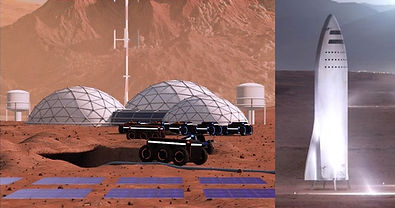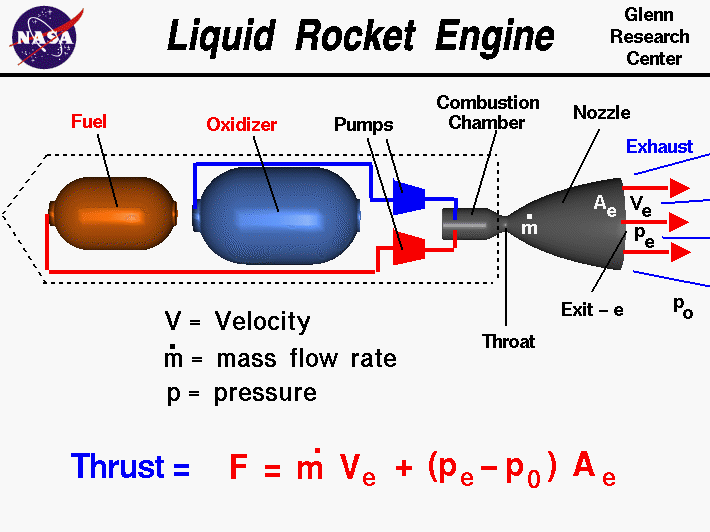
01
How will humans gather resources on other planets?


Astronauts need to drink water and inhale oxygen to live in the harsh space environment that is typically really cold. The question is how they can get those fundamental resources from the planets, which are far away from the Earth. Recently, spaces probes and Mars Rovers have discovered two resources on Mars and potentially on other planets that are really useful to us: carbon dioxide and ice. Since the ice may be contaminated, it is safer to run an electrical current through liquid water melted from ice, which can bring about two fundamental gases : Oxygen and hydrogen. Astronauts now can have oxygen to breathe, burn hydrogen and oxygen to keep them warm. But there is a problem: carbon dioxide. In order to make this gas useful, astronauts can combine it with hydrogen, put the combination into a catalyst (Nickel), and heat the components at 350 degrees Celsius. This process will create water and methane.
Instead of bringing oxygen, hydrogen, and methane, we just need to bring solar panels, our brains, and the right scientific equipment to survive on another planet.
02
What types of fuels do rockets use to get to space?


There are two main types of rocket fuels.
Solid and liquid fuels are the most common types of fuels.
Solid rocket fuel, known to have been invented in the 13th century, is really reliable. Once they are ignited they are unable to turn off nor be controlled.
Liquid rocket fuel, on the other hand, provides less raw thrust but can be controlled, allowing the occupants of the rocket to control the speed or even turn the engine off!
Many rockets, such as the Space Shuttle or the yet to launch SLS, uses a combination of both types of engines : the solid rocket boosters (SRBs) were used to propel the rocket near the edge of space while the liquid rocket engine, in this case, the RS25 was running the whole time.
Unlike the traditional rocket engines, the ion engine powers a rocket by propelling ionized gas through a nozzle using a magnetic accelerator. This weighs less than traditional chemical rockets. The ionized particles are pushed out of the rocket at very high speeds, which compensates for the small weight of this type of rocket. This engine works well for a long period of time, because it creates a lower impulse. Ion rockets have been only used on small satellites already in orbit.

03
What is the best engine type to get to other planets?
We have three options for rocket , solid fuel comes out at about 2 and ½ kilometers per second, liquid fuel comes out at 4 and ½ kilometers per second, and ion fuel comes out at a whopping 30 kilometers per second.
According to the rocket equation, solid fuel takes 93% of the spaceship, liquid fuel takes 77% of the rocket, and Ion fuel takes only 20% of the whole rocket
Rocket equation: Δv=Ve ln (mo/mf )
Δv = the maximum change of velocity of the spaceship.
Ve = exhaust velocity or the speed of the thrust pouring out of the rocket
ln = the natural logarithm function which is the logarithmic function with the base of e (2.7). (A logarithm is the inverse function of exponentiation)
Mo = the original mass of your spaceship, or the mass before burning the fuel
Mf = the final mass of your spaceship, or the mass after burning the fuel
Because an ion engine can be only used to power small satellites, a hybrid rocket works the best to go to Mars.


